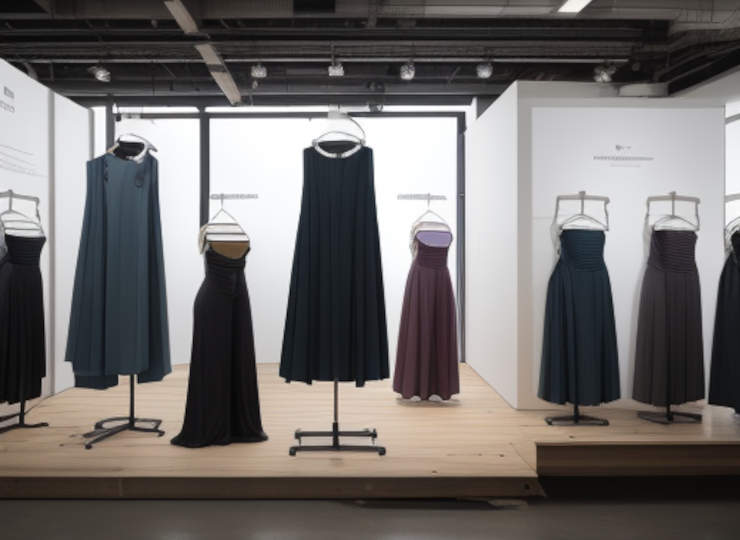文字のサイズ
- 小
- 中
- 大
HUMATERIAL, a production for sustainable and circular fashion
On 29 February 2024, the circular design firm Zoukei Kikaku K.K. will launch HUMATERIAL, a production for sustainable and circular fashion.

This initiative is the first step in the social implementation of a concept drawn from the Circular Diagram, a visualisation of the complex value chain of the apparel industry, which flag-bearer Shogo Minemura worked on while studying at Musashino Art University’s Graduate School.
HUMATERIAL is a coined word combining HUMAN and MATERIAL, and is a production for sustainable, recyclable fashion. In recent years, the quality of products at the ‘manufacturing stage’ has been improving, for example by developing products using natural and recycled materials with low environmental impact, but we are also taking on the challenge of reducing the total environmental impact by improving the ‘usage stage’ as well.
The value chain of the apparel industry is extremely complex, and it is difficult to set out the correct answer for a single cut-off point for improvement. However, no matter how many ‘good products with low environmental impact’ are produced, unless we break away from the system of mass production and mass consumption, a sustainable society will remain far from reality. We at HUMATERIAL believe that it is important to first rethink the way clothes are consumed.
Instead of receiving clothes as flowing “consumer goods” handed to us by brands in one direction, we should care for them, repair them and get involved with them ourselves. By fostering a culture that has a relationship with clothes that is not just one way, and by rethinking clothes as “materials”, we aim to transform us consumers from users (consumers) to makers (producers).
HUMATERIAL presents its first collection, Human Footprint of Products (HFP), which refers to the prints on clothes that are already in people’s wardrobes. The collection will be developed through workshops and other activities that reconstruct the relationship between clothes and people by modifying “second-hand clothes”.
As a production company, HUMATERIAL’s growth indicator (KPI) is not the amount of greenhouse gas emissions reduced, but the quantity of clothes printed with HFP and the value of the clothes re-circulated. In contrast to the Carbon Footprint of Products, which means ‘carbon footprint’ displaying the amount of greenhouse gas emissions, the Human Footprint of Products is a bit of a departure from the existence we as consumers consume It is a sign of the ‘human footprint’.






